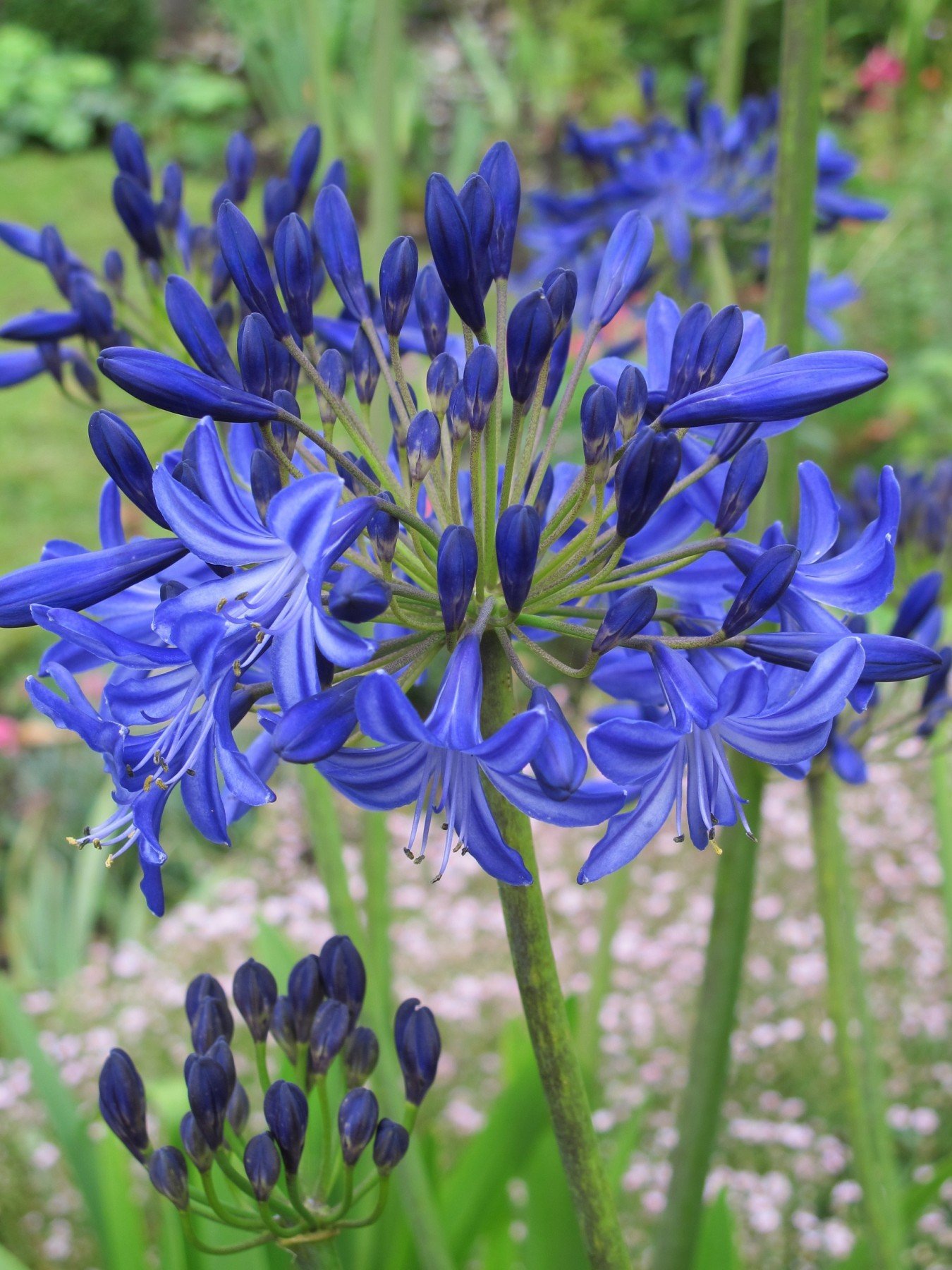Agapanthus Care Tips for Lush and Vibrant Flowers
Agapanthus Care Tips for Lush and Vibrant Flowers
Blog Article
Grasping the Art of Agapanthus Care: Vital Steps for Healthy And Balanced Growth and Dynamic Flowers
In the world of horticulture, the cultivation of agapanthus stands as a rewarding endeavor for those who seek to support these elegant blooming plants. From choosing the ideal variety to mastering trimming methods, the trip in the direction of growing thriving agapanthus plants is complex and holds the key to unlocking the complete capacity of these herb gems.

Picking the Right Agapanthus Range

When selecting the ideal Agapanthus selection for your garden, consider factors such as climate viability, flower shade, and development habit. Additionally, take into consideration the climate in your region to make sure the Agapanthus variety you choose can flourish in your specific problems. Recognizing the development habit of different Agapanthus selections is important for proper positioning within your yard.
Ideal Growing Problems
Taking into consideration the optimal environmental needs is crucial for effective Agapanthus cultivation. Agapanthus plants are sensitive to chilly temperatures and need to be protected from frost during winter months.
To make certain healthy growth and vivid flowers, plant Agapanthus light bulbs at a deepness of concerning 2-4 inches and area them 8-12 inches apart. Mulching around the base of the plants helps retain moisture and reduces weed development.
Watering and Feeding Tips
Maintaining appropriate wetness degrees and offering necessary nutrients are crucial elements in the treatment routine for Agapanthus plants. When it comes to sprinkling Agapanthus, it is vital to strike a balance. These plants like constantly damp soil but are vulnerable to root rot if overwatered.
Feeding Agapanthus is necessary for promoting healthy growth and respected blooms. Use a balanced plant food, such as a 10-10-10 formula, in the early spring as brand-new development emerges. By adhering to these watering and fertilizing tips, you can ensure your Agapanthus plants flourish and create vibrant, resilient blossoms.
Trimming Techniques for Agapanthus
Pruning Agapanthus plants at the appropriate times and with correct techniques is essential for maintaining their wellness and promoting optimal development and blooming. The ideal time to prune Agapanthus is in late wintertime or early springtime prior to new growth emerges. Beginning by getting rid of any dead or yellowing leaves near the base of the plant. Cut them as short as possible without damaging the arising shoots.
Deadheading spent blossoms can likewise reroute the plant's power into producing more blooms instead than establishing seeds. If you desire to accumulate seeds for breeding, leave some flowers to fully grown and completely dry on the plant.
Remember to use clean, sharp devices to make accurate cuts and lower the threat of presenting diseases. Agapanthus. Regular pruning will certainly help keep your Agapanthus looking cool and healthy while making certain a plentiful display of beautiful blooms
Managing Usual Pests and Illness
After making certain proper trimming techniques for Agapanthus, it is important to deal with typical insects and conditions that can impact the health and vitality of these plants. One usual bug that influences Agapanthus is the Agapanthus gall midget.
An additional typical problem is fungal fallen leave spot, which presents as dark sores on the fallen leaves. To great post to read stop fungal illness, ensure excellent air flow around the plants, prevent overhead watering, and get rid of any kind of contaminated leaves promptly. In addition, Agapanthus plants can struggle with root rot if they are planted in inadequately draining pipes dirt. To avoid this, plant Agapanthus in well-draining dirt and prevent overwatering. By being alert and taking prompt activity against illness and parasites, you can assist your Agapanthus plants thrive and generate lively blossoms.

Conclusion
In conclusion, mastering the art of agapanthus treatment official website involves choosing the ideal selection, giving ideal planting conditions, appropriate watering and feeding, proper trimming strategies, and addressing common pests and diseases. By adhering to these important steps, you can ensure healthy development and vibrant blossoms for your agapanthus plants. Remember to regularly monitor and preserve your plants to advertise their total well-being and long life.
To make sure healthy and balanced growth and vibrant blossoms, plant Agapanthus light bulbs at a depth of concerning 2-4 inches and room them 8-12 inches apart. By complying with these watering and fertilizing ideas, you can guarantee your Agapanthus plants flourish and produce vibrant, durable flowers.
One usual bug that impacts visit this website Agapanthus is the Agapanthus gall midge. In addition, Agapanthus plants can endure from origin rot if they are planted in poorly draining pipes soil. By following these vital steps, you can guarantee healthy and balanced development and lively blooms for your agapanthus plants.
Report this page